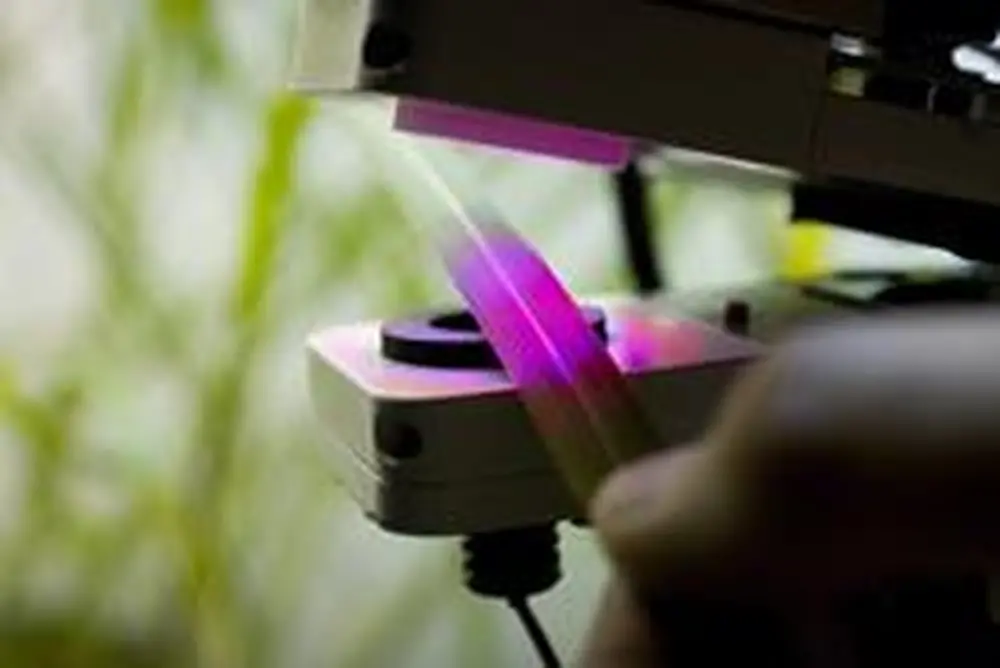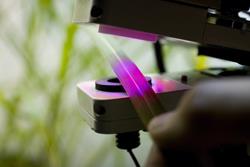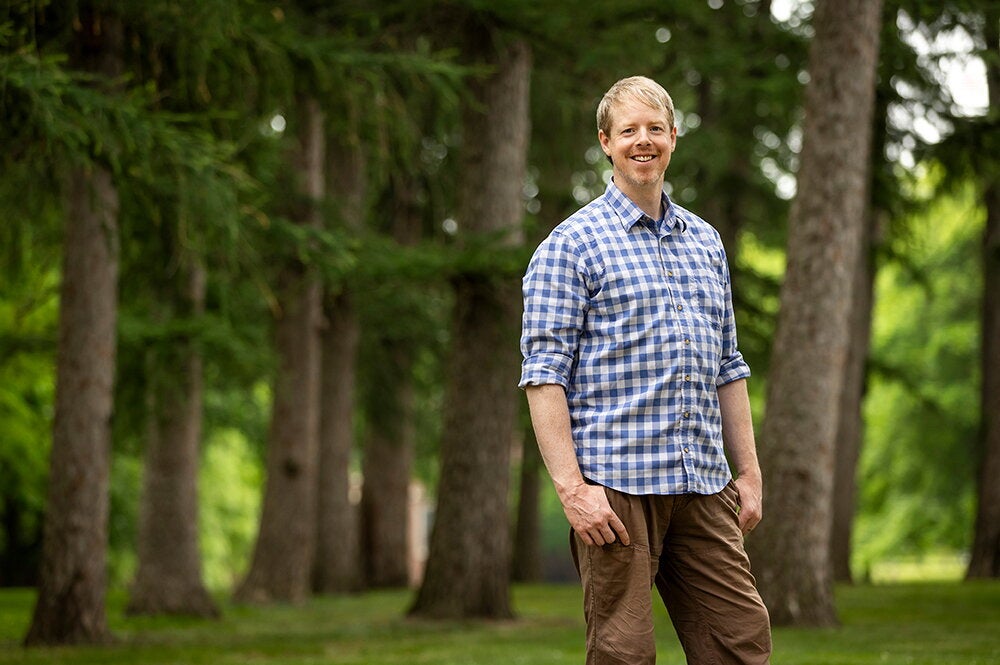

More plants with less fertilizer? It's possible, according to University of Illinois researchers who have identified several proteins in plants that, if present in relatively higher concentrations, could almost double their growth efficiency.
Their findings, which appeared in the October 2007 issue of Plant Physiology, came after the researchers used a computer model that mimicked the process of evolution. Their model is the first to simulate every step of photosynthesis, the process by which plants convert light into chemical energy.
"The question we wanted to ask was, ‘Can we do better than the plant, in terms of productivity?' says principal investigator Steve Long, a U of I professor of plant biology and crop sciences.
Simply put, the answer is yes, but to reach their conclusion they first turned to U of I's National Center for Supercomputing Applications. Answering this question wasn't feasible by experimenting on actual plants, Long says, because so many proteins are involved in photosynthesis. Testing more than 100 proteins one at a time would require enormous amounts of time and money.

Instead, Long, along with Xin-Guang Zhu, a research scientist at the supercomputing center and in LAS's plant biology, and Eric de Sturler, a specialist in computational mathematics in computer sciences at U of I, embarked on the formidable task of building a reliable computer model of photosynthesis that mimicked photosynthetic responses to environmental change.
After determining the relative abundance of each of the proteins involved in photosynthesis, the team created a series of linked differential equations that each mimicked a single photosynthetic step. They tested and adjusted the model until it successfully predicted the outcome of experiments conducted on real leaves. Then they programmed the model to randomly alter levels of individual enzymes in the photosynthetic process.
Long says the researchers wanted to know what would happen if the same amount of nitrogen was "invested" in different photosynthetic proteins. Before a crop plant, such as wheat, produces grain, most the nitrogen it takes in goes into the photosynthetic proteins of its leaves.
Using their computer model, they identified several proteins that, in higher concentrations relative to others, could greatly enhance a plant's productivity.
Long says an important question is why plants haven't already evolved to be as efficient as they can be.
"The answer may lie in the fact that evolution selects for survival and fecundity, while we were selecting for increased productivity," he says. The changes suggested in their model might undermine a plant's chances for survival in the wild, he says, "but our analyses suggest they will be viable in the farmer's field."


